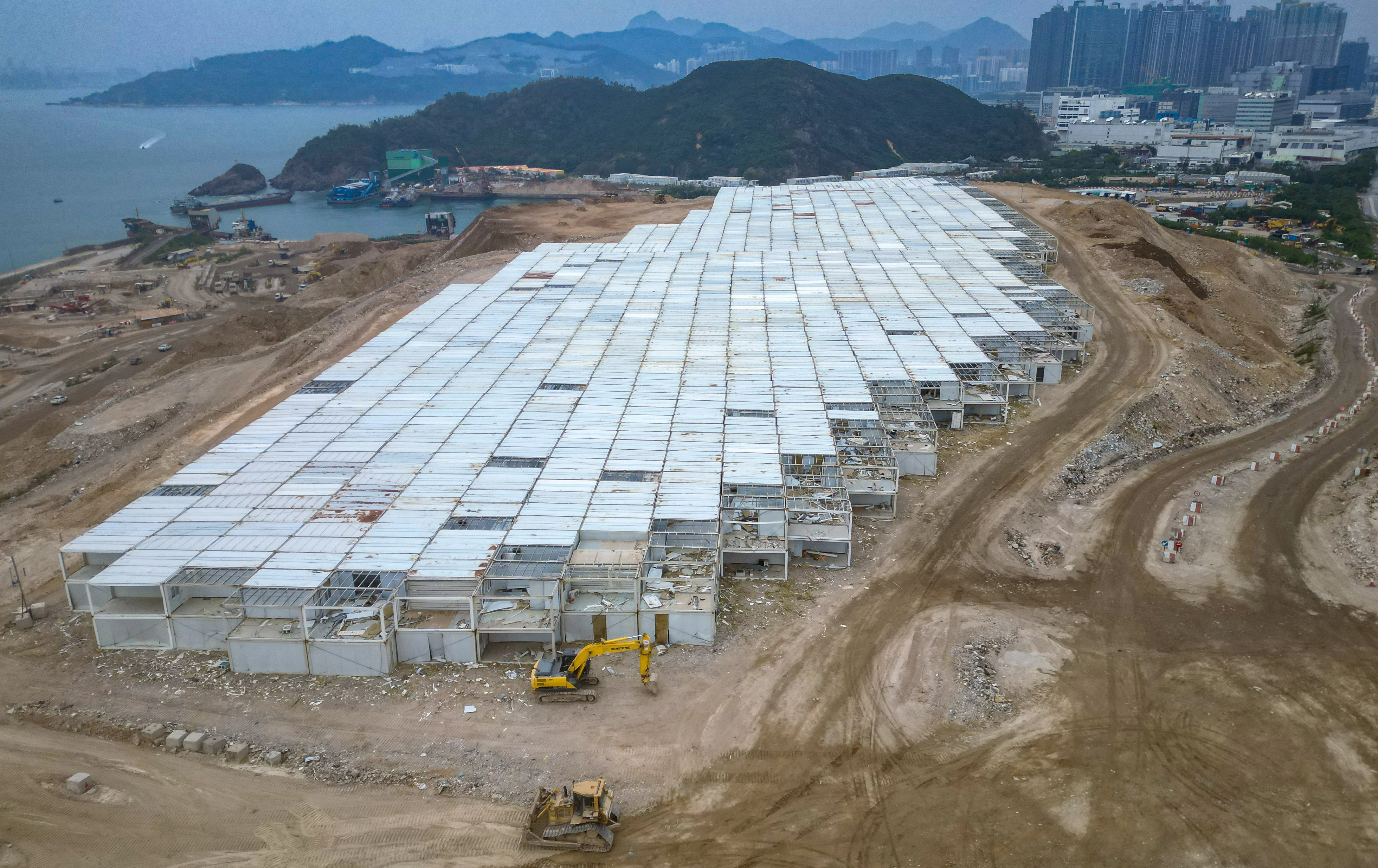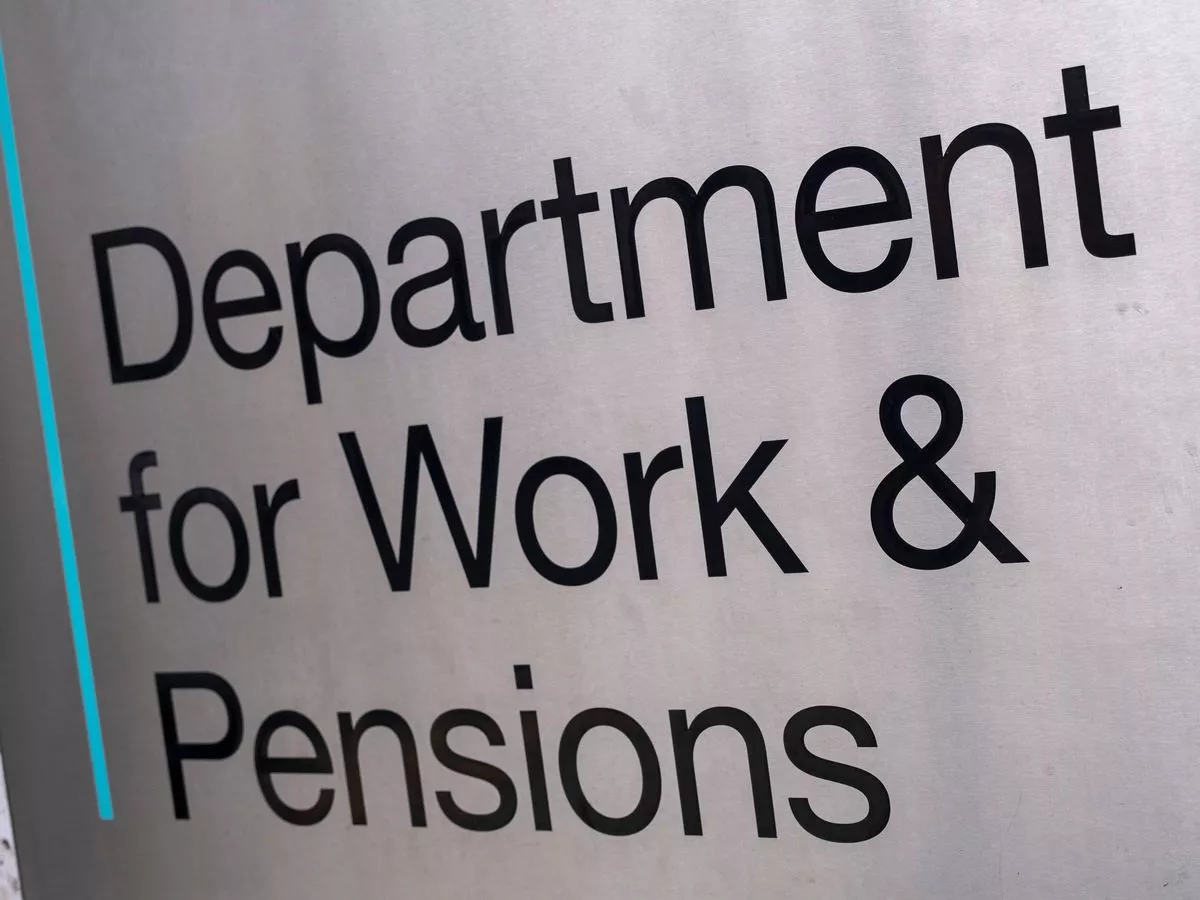Copyright scmp

A fifth of cubicles previously used as Covid-19 community isolation and treatment facilities in Hong Kong were damaged by two typhoons earlier this year and a “minor portion” will be demolished, authorities have confirmed. The Development Bureau revealed the latest status of the 4,500 modules on Tuesday, a week after the Post found that dozens had damaged walls and collapsed roofs at the Tseung Kwan O fill bank, which stores construction waste. “[Following] the recent two strong typhoons that affected Hong Kong this summer and given that the storage location was widely exposed to strong winds, around 20 per cent of these modular units were damaged,” the bureau said in a reply to the Post. The bureau noted that “most” of the affected modules only had their metal panel walls damaged, but the structural steel frames remained “intact”. “These units will undergo repairs and be properly protected, enabling them to be reused at construction sites of future public works projects,” the bureau said. “The remaining minor portion of affected units, which have been deemed unsuitable for future reuse, are currently being dismantled, with steel materials separated and sent for recycling.” The bureau stopped short of revealing the number of modules being dismantled. The cubicles stored at the fill bank were expected to be reused as offices, rest areas and storage rooms in future public construction sites. Both typhoons Wipha and Ragasa triggered Hong Kong’s highest warning signal in July and September, causing citywide damage. The bureau stressed that it had implemented protective measures that kept the modules in “good condition” throughout last year’s typhoon season. For example, it had covered the windows with aluminium plates, sealed openings with wooden boards and secured two-storey cubicles with wires to ensure their stability and safety. The 4,500 modules originated from the now-defunct North Lantau Hospital Hong Kong Infection Control Centre and other community isolation facilities, which were constructed by the government with Beijing’s support during the Covid-19 pandemic. According to photos taken last Tuesday, the modules were separated into two groups in the fill bank. A number of those facing outwards were damaged. Among the group of white cubicles, which served as isolation facilities during the pandemic, several dozen had collapsed roofs and damaged walls. Window frames, pipes, air conditioners and other debris were also scattered in some modules, while several units appeared to have rust stains on their roofs. Some of the yellow and orange modules used to treat patients had also lost their walls. Air vent pipes hidden above the ceiling were exposed, with metal bars, boards and fabric scattered on the floor. The bureau did not specify which modules shown in the photos were to be dismantled. It added that another 1,400 units from the community isolation facilities had been successfully repurposed at construction sites. Tim Ngai Chi-hang, chairman of the Hong Kong Institute of Surveyors’ quantity surveying division, said it would not be cost-effective to repair modules with only their steel frames remaining, though authorities could fix those only requiring minor work. He also noted that there was no need to relocate the modules and investing heavily to protect the cubicles from adverse weather, such as constructing a warehouse for storage, might not be practical. “These modules, which are to be reused at construction sites, do not require a fancy appearance. Given Hong Kong’s reality, a place of land scarcity and dense population, they can only be placed in these open areas,” Ngai said. He added that the government could consider using low-cost methods for preventing minor damage identified in the current incident. The community isolation facilities, involving 21,600 modules, were constructed at nine sites in 2022. Eight of them were released and reused for new purposes. Apart from reusing some modules in future construction projects, more than 6,000 were refurbished and converted into an imported labour dormitory, a construction training base, a youth national education hub, a youth hostel and a cultural centre. The government had yet to update the future use of the isolation facility in Penny’s Bay, which has around 9,700 modules maintained at a monthly cost of HK$1.34 million (US$172,367) in the 2024-25 financial year, according to the bureau in April. The site of North Lantau Hospital Hong Kong Infection Control Centre was released last August to facilitate the expansion of the AsiaWorld-Expo. During its operation between 2021 and 2023, it treated Covid-19 patients and was subsequently used for isolating people with other infectious diseases. The government earlier said it would allocate medical, electrical and mechanical equipment, furniture and consumables in the centre to public hospitals and healthcare facilities, while the isolation wards would be used in future public works projects.



